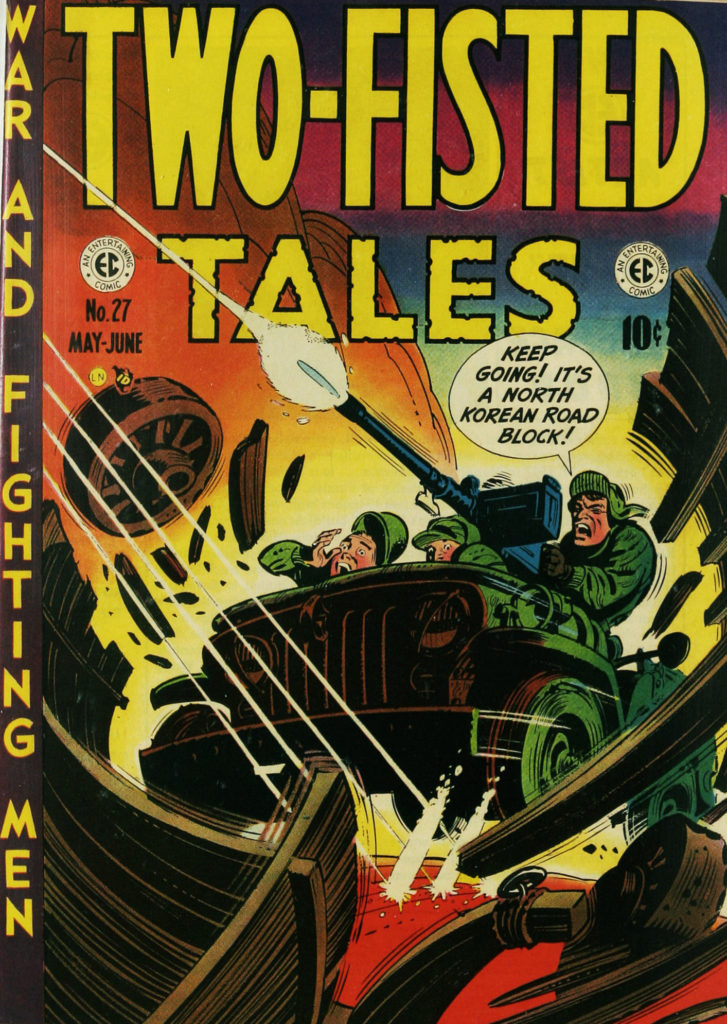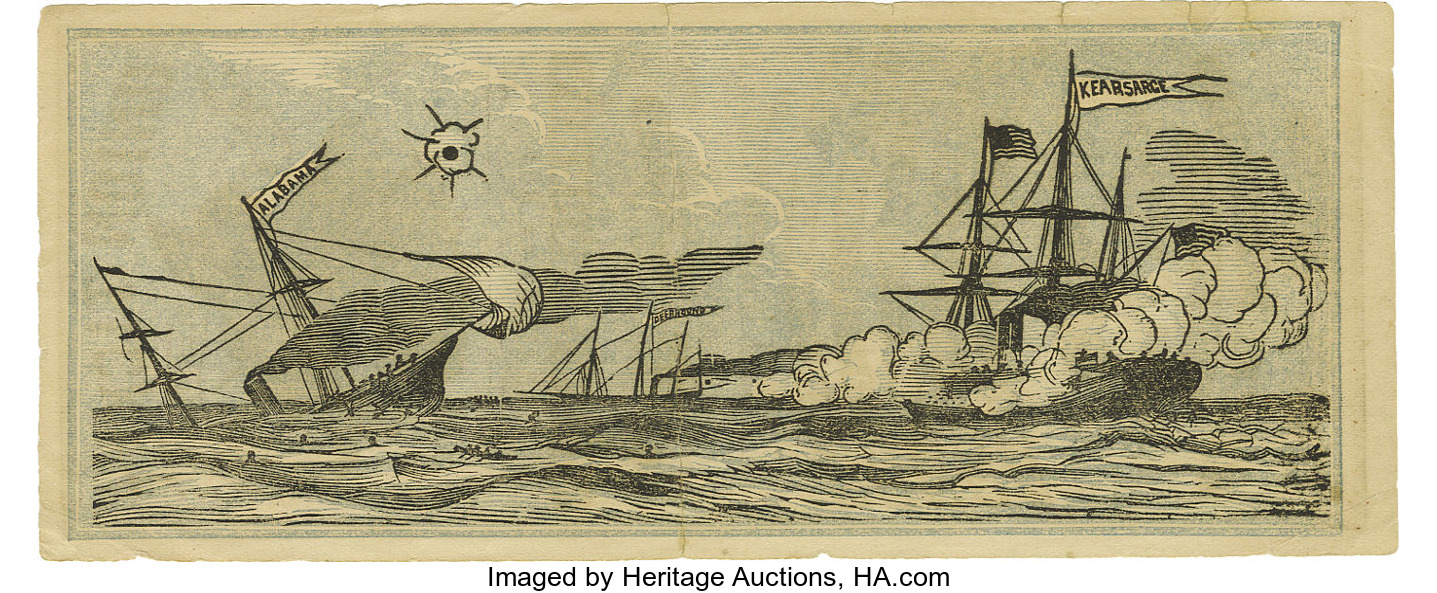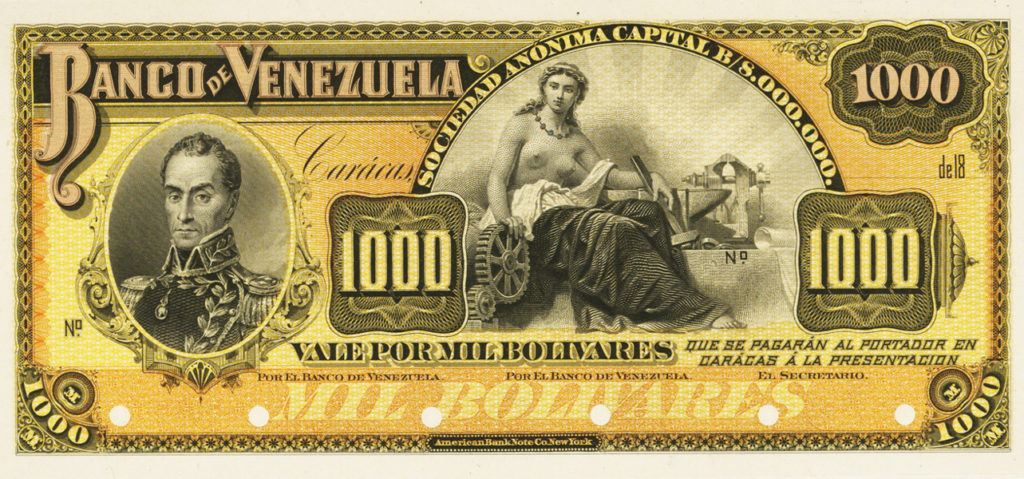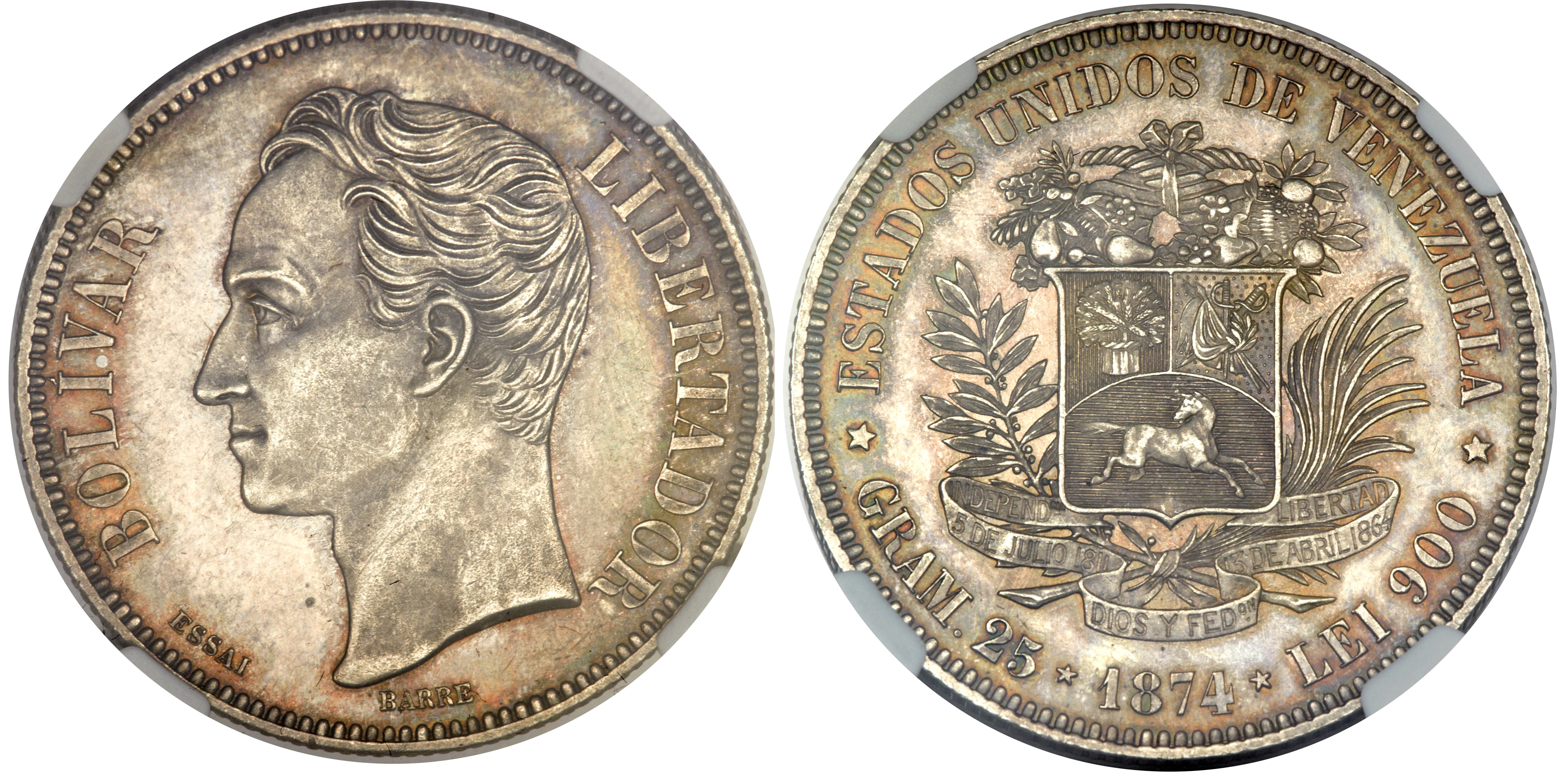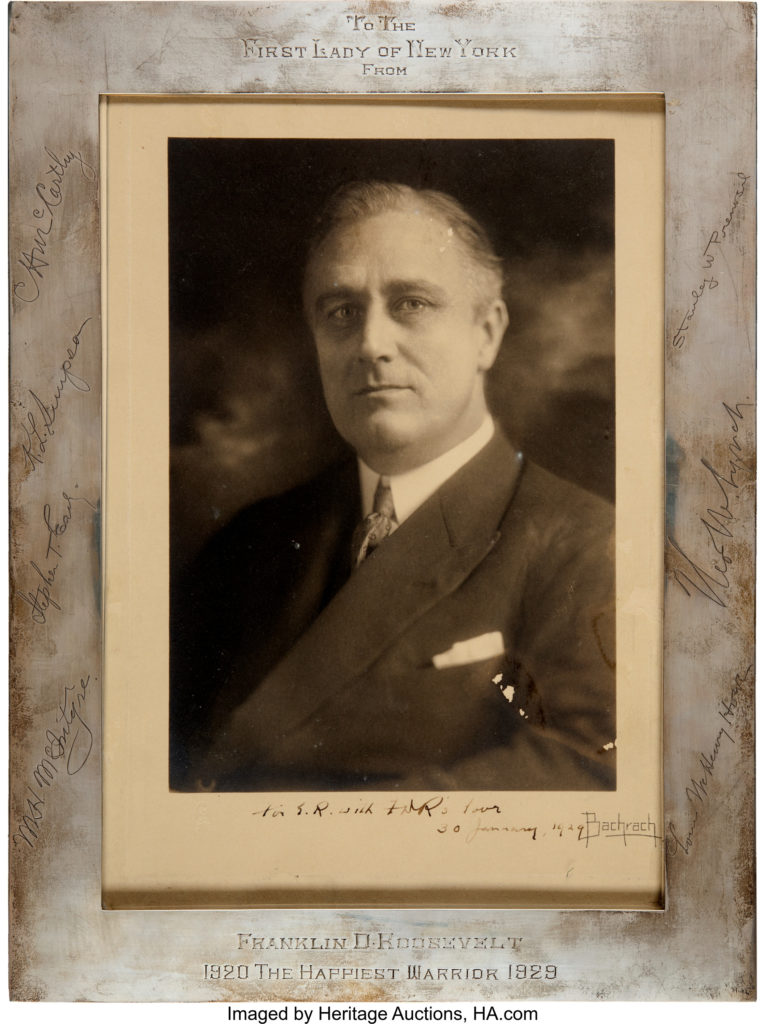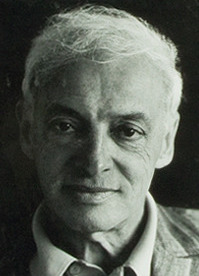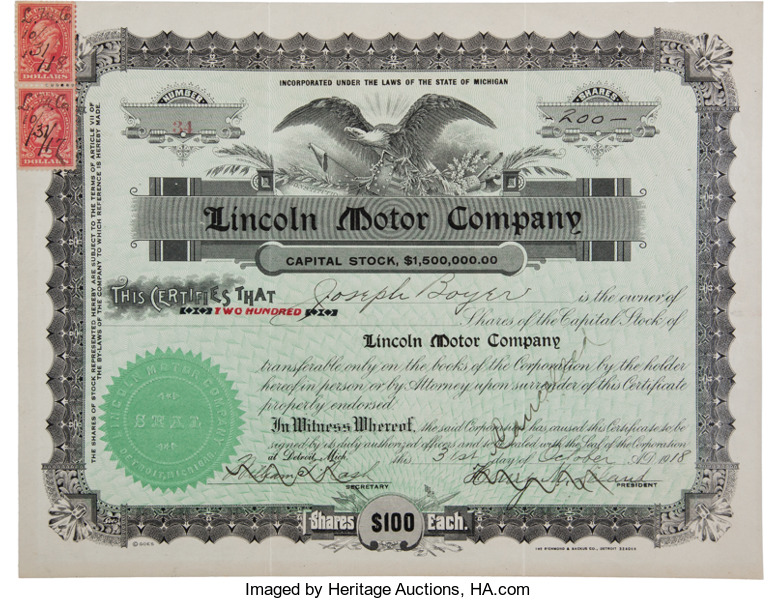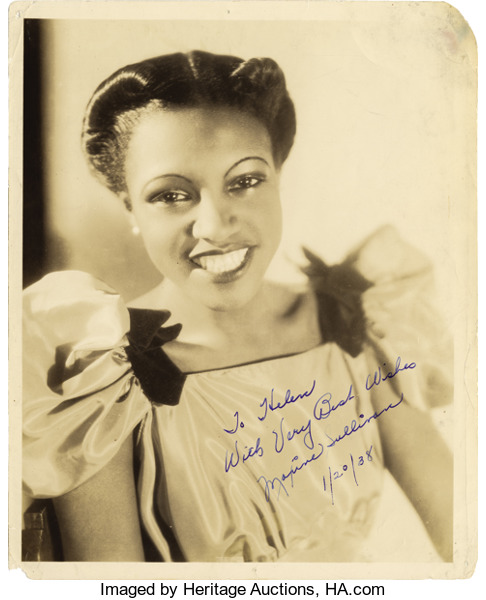
By Jim O’Neal
On an otherwise routine day in August 1958 (most claim it was the 12th – a few are not positive), the epicenter of American jazz was at 126th Street, between 5th and Madison, in New York City. Perhaps 57 or 58 of the greatest and near-greatest jazz musicians were assembled to have their picture taken – Willie “The Lion” Smith may have gotten bored and wandered off. They had been invited by Esquire magazine for a cover story, “The Golden Age of Jazz,” published in January 1959.
Jimmy McPartland was definitely not there since his wife, Marian, could not get him out of bed early enough for the scheduled 10 a.m. event. In fact, Marian was one of only three women there, including vocalist Maxine Sullivan and pianist Mary Lou Williams. Three other luminaries – Charlie Parker, Duke Ellington and Louis Armstrong – were not pictured, but many legends like Gene Krupa, Roy Eldridge and Thelonious Monk were there for the 10 a.m. event and right on time.
One cat said (seriously) he was surprised when he found out there were two 10 o’clocks every day!
The idea was Art Kane’s, an ambitious freelance photographer/art director who also volunteered to take the photograph, in spite of his almost total inexperience. Presumably, no one involved was aware they might be making history; primarily what gets recorded as history – like the very best jazz – can be surprising and unpredictable. Kane’s photograph was a way cool picture taken on a typical muggy New York City day.
To really understand the story behind the picture, watch the 1995 Oscar-nominated documentary A Great Day in Harlem. It was directed by first-time documentary filmmaker Jean Bach, who in her late 70s had more gumption, style and resilience than any of today’s self-proclaimed, oh-so-hip filmmakers could ever muster. She knew and loved jazz and the only city where that historic picture could possibly have been taken. She worked on the film with a great producer, Matthew Seig, and a superb editor, Susan Peehl. They all knew what they were doing and that shows, too, from the opening frame to the final credit. Jazz critic Whitney Balliett wrote in The New Yorker that the film is “about the taking of the picture, and it’s also about mortality, loyalty, talent, musical beauty and the fact that jazz musicians tend to be the least pretentious artists on earth.”
Of the 57 jazz musicians/artists in the photograph, only two are still alive. Walter Theodore “Sonny” Rollins (87). He’s a terrific tenor/soprano saxophonist who has lived a remarkable life that includes music (check out his album Saxophone Colossus, recorded in 1956 and preserved in the Library of Congress for artistic significance); a stint in Rikers Island for armed robbery; and being one of the guinea pigs for using methadone to break a heroin habit. There are way too many honorary awards to list.
The other survivor is Benny Golson (89), a tenor saxophonist, composer and arranger who worked with superstars like Lionel Hampton and Dizzy Gillespie. Golson also gained a modicum of fame from the 2004 Steven Spielberg movie The Terminal, which stars Tom Hanks as a traveler trapped in JFK airport over a visa issue. Hanks is on a fictional quest to get Golson’s autograph – the only one his jazz enthusiast father needs to have all 57 autographs of the musicians in the original photograph. Trivia spoiler… he gets it!
Man those cats could play!
 Intelligent Collector blogger JIM O’NEAL is an avid collector and history buff. He is president and CEO of Frito-Lay International [retired] and earlier served as chair and CEO of PepsiCo Restaurants International [KFC Pizza Hut and Taco Bell].
Intelligent Collector blogger JIM O’NEAL is an avid collector and history buff. He is president and CEO of Frito-Lay International [retired] and earlier served as chair and CEO of PepsiCo Restaurants International [KFC Pizza Hut and Taco Bell].


